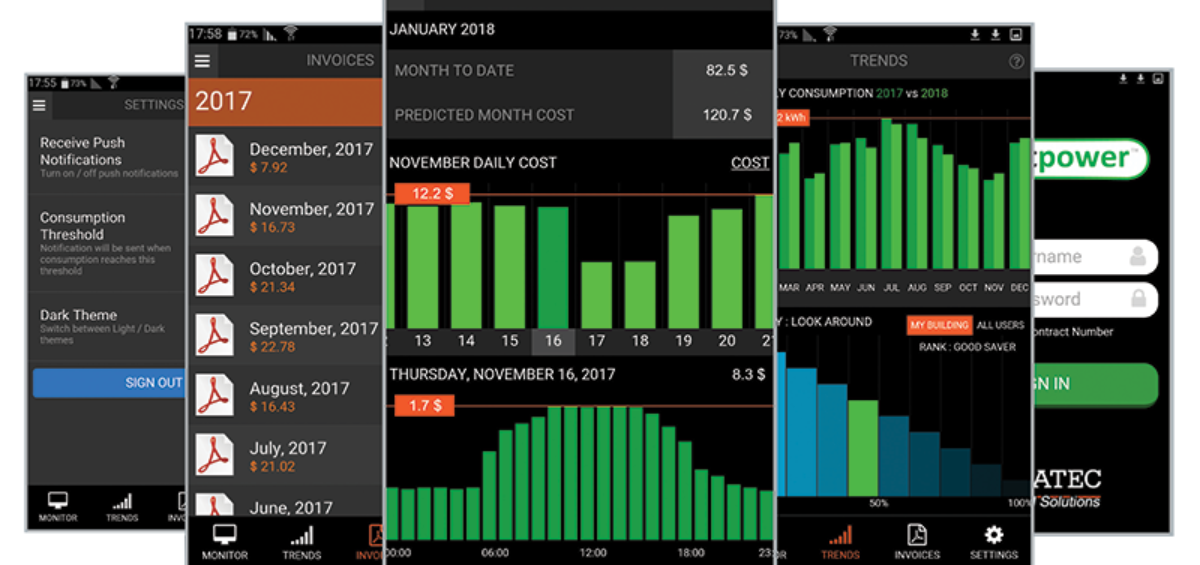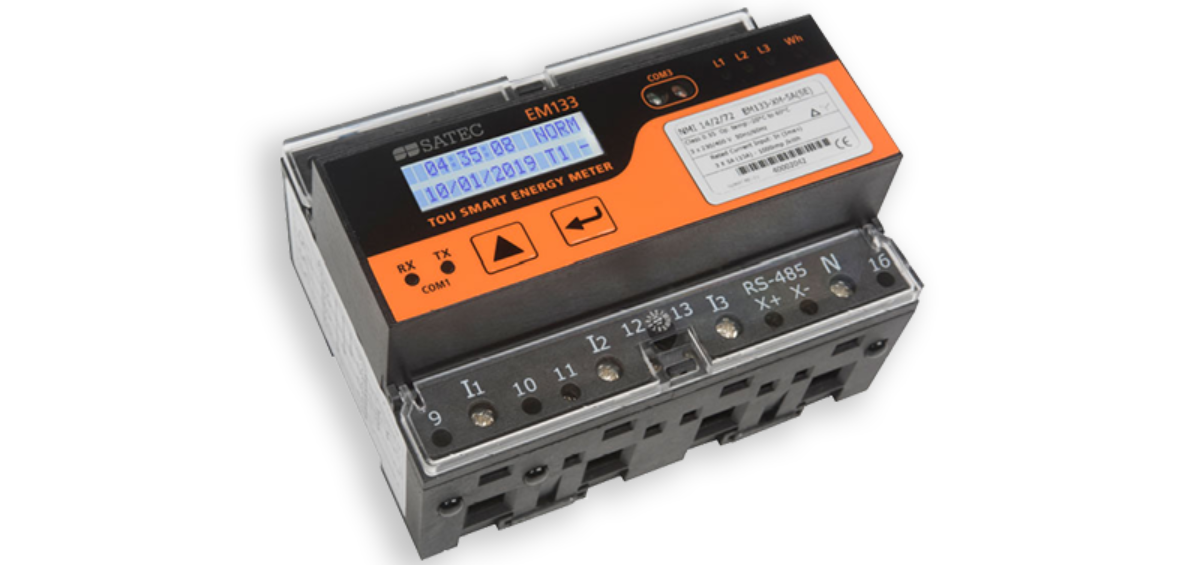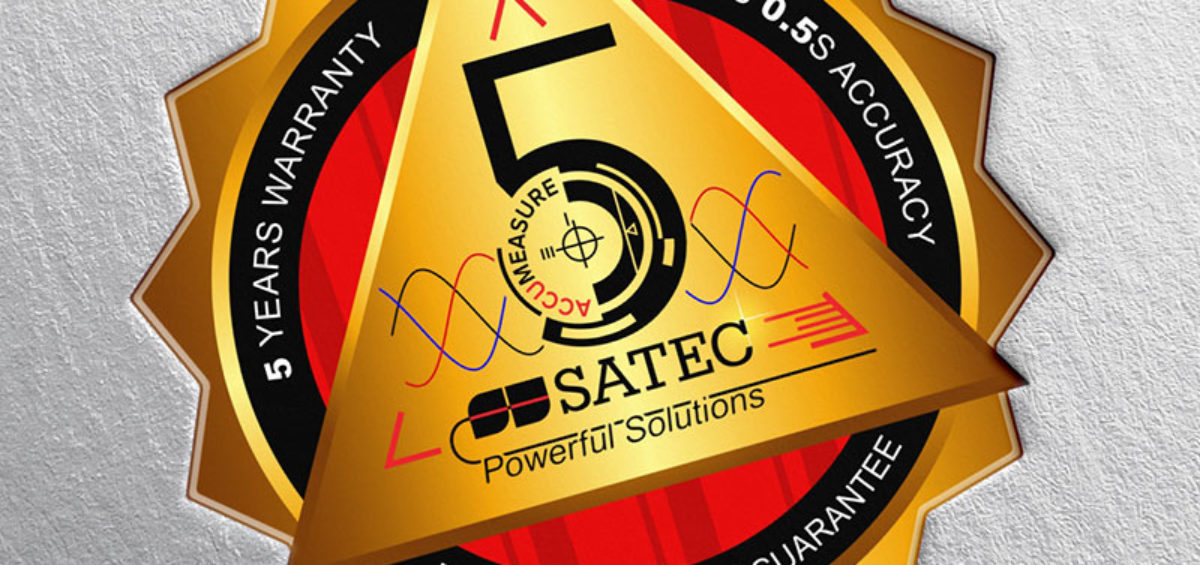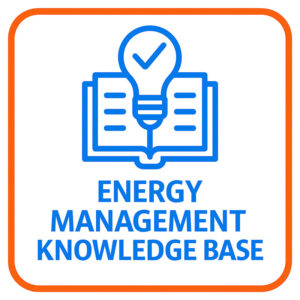Electrical power metering for load profiling provides customers with the ability to measure and monitor their power energy needs, taking control of their power usage. However, there are other features such as Event Logs that the power metering should provide to assist with diagnostics of the electrical system.
Blog
This is a category description.
Advancements in power metering include features such as interval data logging. These features enhance the functionality of the power metering deployed when interval data logging functions are supported, allowing automatic capture and storage of data on board the device.
There is a barrier to connectivity to electrical metering data. This is due to 50 year old technology often referred to as a ‘High Level Interface’ or HLI.
Electricity meters come in many forms. Understanding features and capabilities, as well as the requirements of an application, can ensure that today’s meter will meet tomorrow’s requirements.
There is a significant difference between low cost metering solutions and advanced smart meters. Subsequently, there is a wide gap between how more advanced solutions can serve applications best instead of traditional low cost metering implementations.
SATEC were the first manufacturer to achieve the NMI M6-1 accreditation in a DIN-RAIL Smart Meter. SATEC also remain the only supplier to provide the Australian market with a multi-channel metering system solving the problem when there is no physical space for a new metering panel.
SATEC’s achievement in obtaining ISO 17025 provides further confidence with their metering product solutions.
Continued advancements in technology and functionality are the boundaries that SATEC continue to pursue with energy metering solutions.
Are you managing your Energy Metering assets? Do you manage your Metering assets manually? Can you retrieve asset information from meter display?
Many sceptics thought it was impossible to achieve NMI Approval for a Multifunction Electricity Meter designed in a compact DIN rail footprint. In fact many doomsday forecasters predicted electrical switchboard enclosures, distribution boards, riser/cupboard spaces for multifunction metering would have to be increased in size to accommodate larger electrical metering to be in compliance for Energy Meters per NMI M 6-1.










